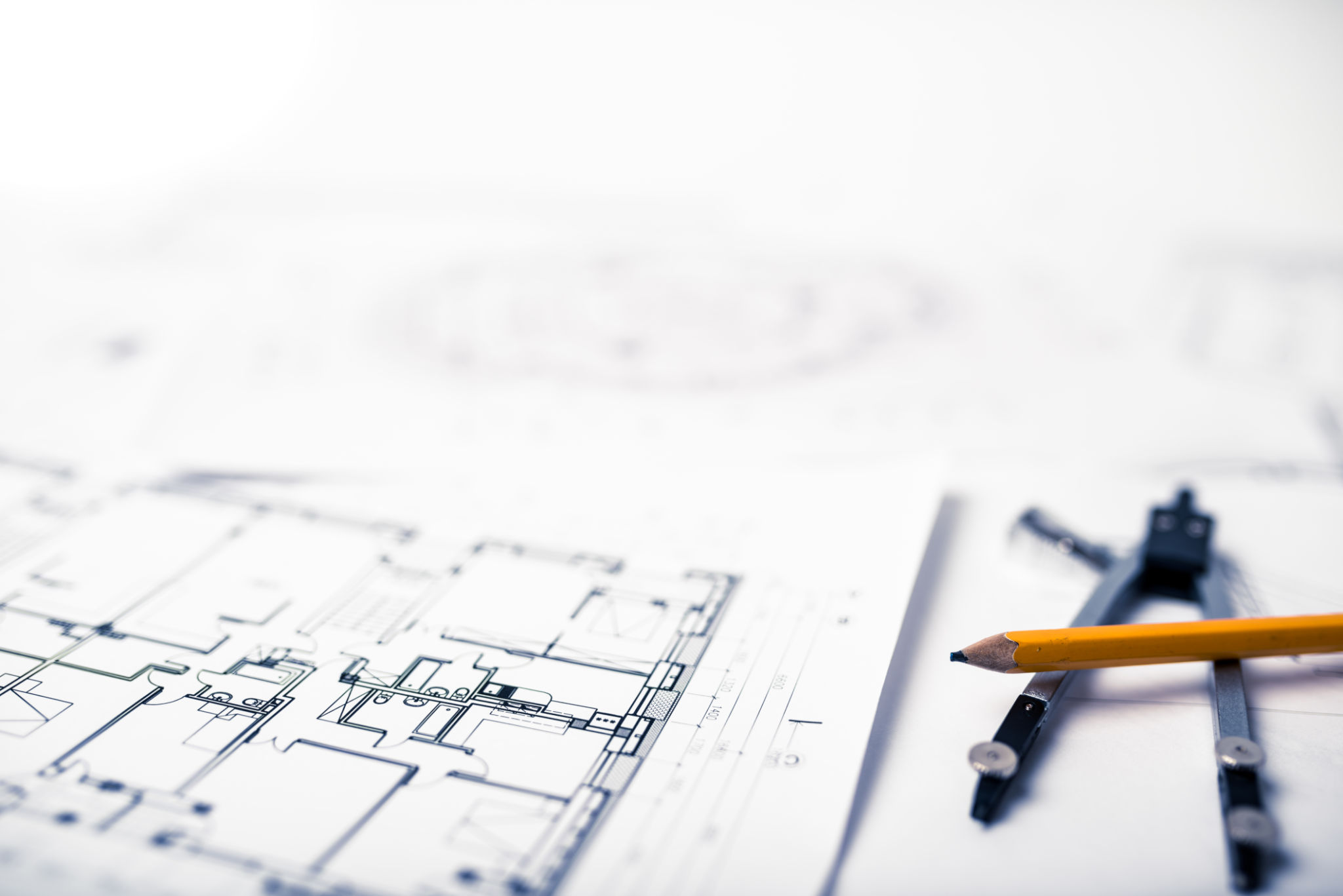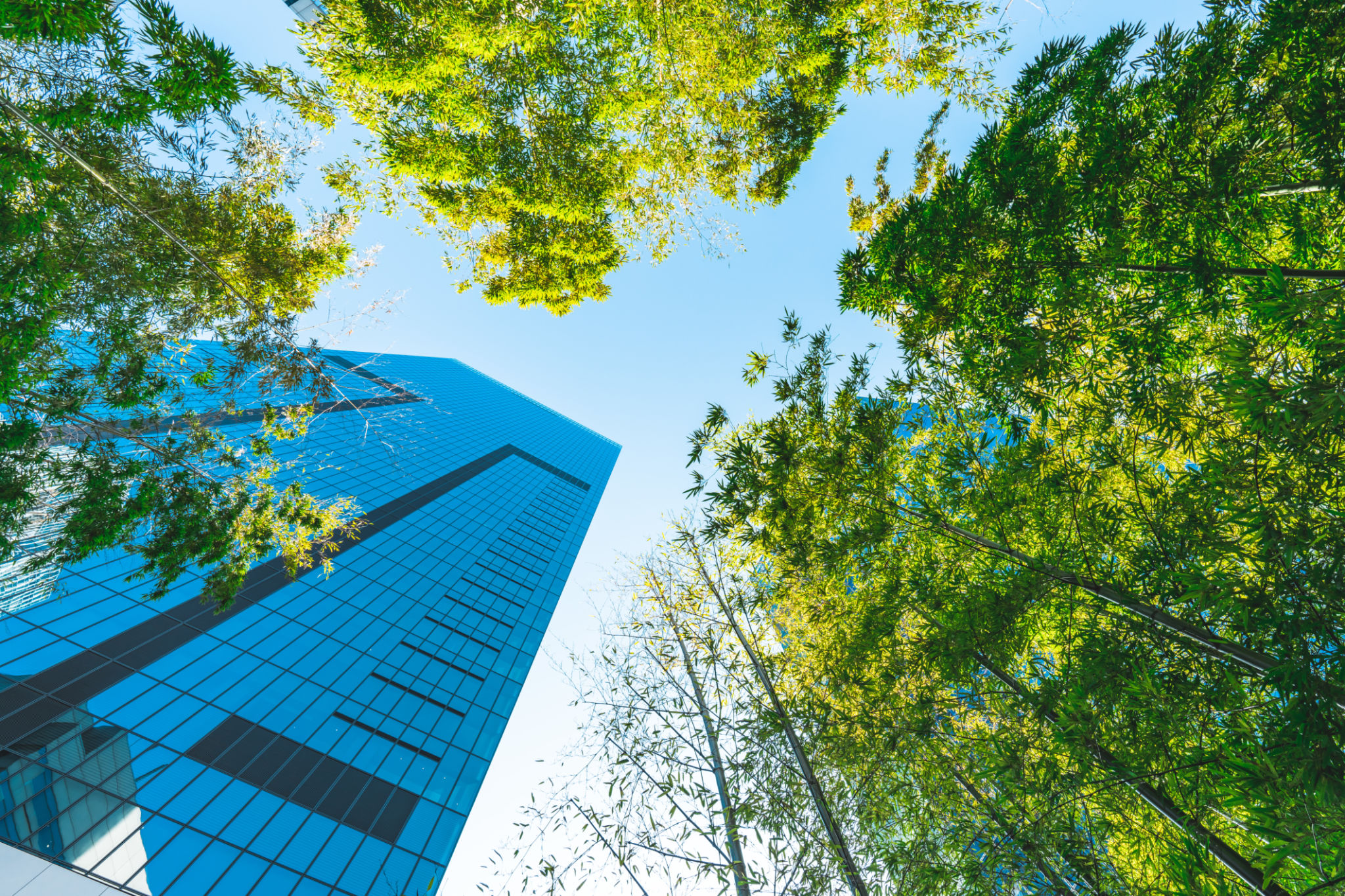Myth-Busting: Common Misconceptions About Real Estate Development
EC
Understanding Real Estate Development
Real estate development is a complex field often misunderstood by the general public. It involves much more than constructing buildings; it is a multifaceted process that includes planning, financing, and policy navigation. Despite its complexity, several myths persist about what real estate development actually entails. In this blog post, we aim to debunk some of these common misconceptions.

Myth 1: Real Estate Development Is Only About Building
A prevalent myth is that real estate development is solely about construction. While constructing buildings is a visible part of the process, it only represents a fraction of what developers do. Real estate development involves a series of stages including site selection, securing financing, obtaining necessary permits, and marketing the completed project. Developers coordinate these various aspects to bring a project from concept to reality.
Myth 2: Developers Are Only Focused on Profit
While profitability is undoubtedly a key motivation, it's not the sole driver for developers. Many projects are designed with community benefits in mind. Developers often work closely with local governments and community groups to ensure projects contribute positively to the urban landscape. This collaboration can include affordable housing units, public green spaces, or improved infrastructure.

Myth 3: Real Estate Development Causes Gentrification
The topic of gentrification is controversial and often misunderstood. Although real estate development can lead to increased property values, it does not inherently cause gentrification. In many instances, developments are planned with inclusive growth in mind, offering mixed-income housing and amenities that benefit existing residents. The key is balancing progress with preservation of community identity.
Myth 4: All Developers Are the Same
Another misconception is that all developers have the same approach and goals. In reality, there are various types of developers specializing in different sectors such as residential, commercial, industrial, or mixed-use projects. Each type of development requires unique expertise and strategies to address specific challenges and opportunities within the market.

Myth 5: Development Is Always Bad for the Environment
It's easy to assume that development leads to environmental degradation. However, modern developers are increasingly committed to sustainable practices. Many projects now integrate green building techniques and aim for certifications like LEED (Leadership in Energy and Environmental Design). This commitment not only reduces environmental impact but also enhances long-term value for properties.
Conclusion
Busting these myths reveals the nuanced nature of real estate development. It's an industry driven by innovation, collaboration, and sustainability rather than mere profit or construction. Understanding these complexities allows for a more informed discussion about how development shapes our communities.
